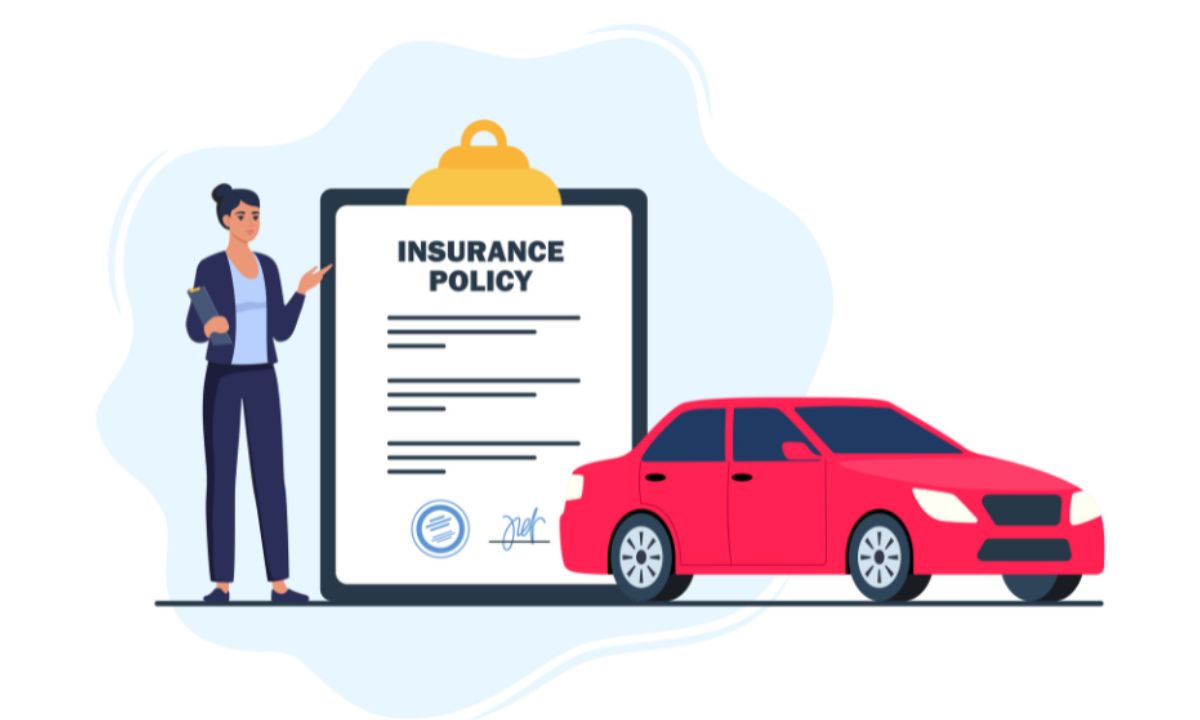Navigating the world of finance can be complex, especially when it comes to understanding less common forms of lending, like caveat loans. Whether you’re a business owner needing quick funding or a property investor looking to seize an opportunity, understanding caveat loans is crucial. This guide will break down the essentials of caveat loans, helping you make informed decisions when considering this financial tool.
What is a Caveat Loan?
Definition and Basic Principles
A caveat loan is a short-term business loan secured against real estate property. The term “caveat” refers to a legal notice registered against the title of the borrower’s property that prevents dealings or further mortgages on the property until the caveat is lifted or the loan is repaid.
How Caveat Loans Work
Caveat loans are typically used for generating quick cash flow and are favoured due to their fast processing times. Unlike traditional loans, which can take weeks or even months to be approved, caveat loans can often be arranged within a few days. This speed makes them attractive for business owners facing urgent financial needs or investors who must act quickly in competitive markets.
Key Features of Caveat Loans
Speed and Accessibility
One of the most significant advantages of a caveat loan is its speed. Because the approval process primarily focuses on the equity in the property, these loans can be processed much quicker than conventional loans that require extensive credit checks and financial assessments.
Loan Terms and Conditions
Caveat loans have shorter terms than traditional ones, usually 1 to 12 months. They also tend to have higher interest rates, reflecting the higher risk associated with the quicker lending process and less stringent approval criteria.
Uses and Benefits of Caveat Loans
Bridging Finance
Caveat loans are often used to bridge finance, helping businesses bridge the gap between needing funds and securing longer-term financing solutions. This can be particularly useful for covering unexpected expenses or taking advantage of timely business opportunities.
Property Development and Investment
For property developers and investors, caveat loans offer a way to secure funds quickly to buy, build, or renovate properties. The fast access to capital allows investors to jump on opportunities without the delay of traditional financing.
Risks and Considerations
Higher Costs and Risks
While caveat loans provide quick access to funds, they come with higher interest rates and fees than standard loans. Borrowers must consider the cost implications and ensure they meet the repayment terms to avoid potential legal issues or property loss.
Legal Implications
The caveat means the property can only be sold or further mortgaged once the loan is repaid and the caveat is removed. This can limit the property owner’s flexibility and should be considered carefully before proceeding with a caveat loan.
Choosing the Right Lender
The Importance of Reputable Lending
When considering a caveat loan, it is vital to choose a reputable lender. Given the quick turnaround and less rigorous checks, some lenders might need to provide transparent terms or fair practices. Ensuring the lender has a solid reputation and clear terms is crucial to avoid future complications.
Caveat Loan by Diverse Funding
In the middle of various funding options, choosing a caveat loan by diverse funding means opting for a lender who understands different financial needs and offers tailored solutions. Such lenders typically provide more personalised service and can guide you through the process, ensuring that the loan structure fits your situation.
Conclusion: Is a Caveat Loan Right for You?
Assessing Your Needs and Capabilities
Caveat loans can be an excellent financial tool for those who need quick funding and have sufficient equity in their property. However, it’s essential to thoroughly assess your financial situation and consult a financial advisor to ensure this type of loan suits your circumstances.
Planning for Repayment
Before taking out a caveat loan, have a clear repayment plan. This involves understanding your cash flow, considering the loan’s cost, and having a strategy to repay the loan before or by its due date without compromising your financial stability.
Caveat loans offer a unique solution in many financial scenarios but come with challenges and risks. By understanding these details, you can make a more informed decision and use caveat loans effectively to meet your financial goals.











